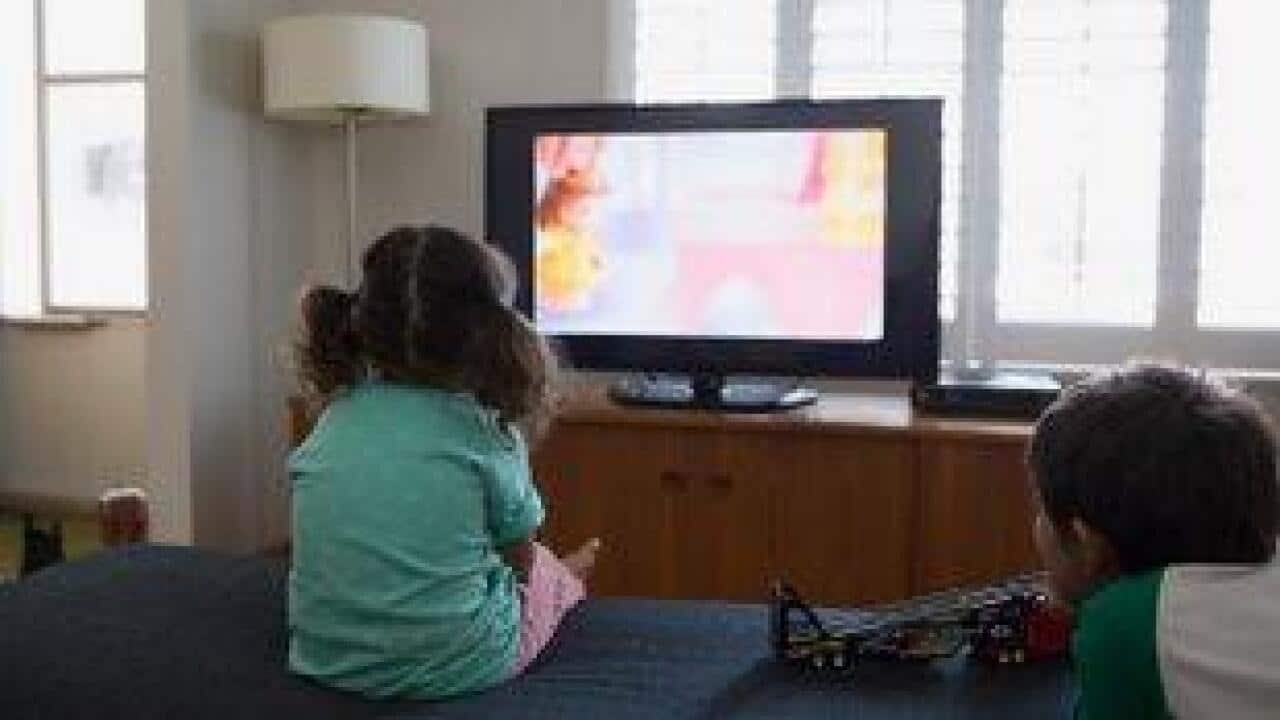Firstly Otitis Media is not just an unpleasant infection for children and a burden for families, middle ear infections cause hearing loss which has substantial effects on social behaviour, learning, school readiness and educational outcomes. This is devastating for children and families out in remote areas, and even in urban areas, where the prevalence of hearing loss is very high.
This disease is progressive and has a number of different forms – “glue ear” is the form of the disease that is referred to in the studies of probiotic nasal spray, and for most children “glue ear” clears without treatment, but for those where disease persists for long periods and affects both ears, surgery is needed to insert grommets and restore hearing. So compared to surgery – nasal spray could be a great option to try first. The study in Sweden was a pilot and only a few studies have since been published, so we do need more data. Studies in Aboriginal children are critical to establishing the efficacy of prevention or treatments as we find that many regular treatments don’t work as well – we need to know what works, how well it works and which children benefit most and should be treated. There’s a lot of work to do.
If “glue ear” can be treated in this way, that’s addressing a lot of the problem, but as I said the disease is progressive and where I work in the NT, and probably in other remote communities around 15 per cent toddlers have “runny ears” – where the ear drum has burst due to build up of pus within the middle ear. For little children with both ears affected (bilateral runny ears) this goes on for years and years. The recommended treatment is cleaning and drops several times a day for up to 4 months – that’s tough for any family.
Why does this happen? Because infections start so early in life when tiny babies contract so many different strains of pathogenic bacteria from siblings, cousins and extended family. Even breast feeding is not protective enough. Also these infections are generally painless for Aboriginal babies, so mum is not aware of the problem until she sees pus coming out the ear canal. Clinicians also need education about painless ear infections, and importance of regular assessments - “every child every ear every opportunity”.
Crowded households and lots of social contact results in lots of cross-infection. Poor washing facilities and lack knowledge about bacteria and how important hand washing with soap is in preventing spread. Families need information about this problem – from campaigns such as “No Germs on Me”, “Care for Kids Ears” – and we need to know if these campaigns and programs are helpful in stopping these infections.
So prevention is the key – better housing, less crowding, more washing, better parental and health service provider education, and support so families understand the impact of long term hearing loss for their children’s future.
Professor Amanda Jane Leach is the Principal research fellow; Leader of the Ear Health Research Program, Child Health Division.

Source: The Point


